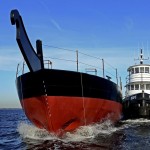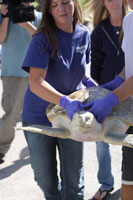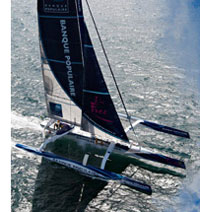 Update: Banque Populaire V crossed the line at 45 days, 13 hours, 42 minutes, 53 seconds, beating the previous record by 2 days and 18 hours. An amazing performance by Captain Loick Peyron and his crew. Our heartiest congratulations.
Update: Banque Populaire V crossed the line at 45 days, 13 hours, 42 minutes, 53 seconds, beating the previous record by 2 days and 18 hours. An amazing performance by Captain Loick Peyron and his crew. Our heartiest congratulations.
The live satellite map shows the maxi-trimaran Banque Populaire V within 40 nautical miles of the finish line sailing at roughly 30 knots. French skipper, Loick Peyron, and the crew of the maxi-tri are within hours of breaking the around the world speed record under sail and claiming the Jules Verne Trophy, smashing the previous record of 48 days 7 hrs and 45 min set by Frank Cammas’ Groupama 3 in 2010. Banque Populaire V should cross the finish line line after roughly 45 days, 14 hours.
Brian Thompson, the only Briton in the crew, reports, “Top speed I did on my last watch was 43.6 [knots]! That’s the fastest I will get to till the finish, as the wind will drop slowly. It might well have been my last full on blast on this mighty machine. We have been doing 800 miles a day, doing 35 knots, and you wonder if something will go wrong at those speeds.” Thompson will be the first Briton to circumnavigate the globe non-stop for a fourth time, beating existing records held by fellow sailors Dee Caffari MBE and Mike Golding OBE.
Brian Thompson thunders towards record books at 43 knots in Banque Populaire V
Continue reading


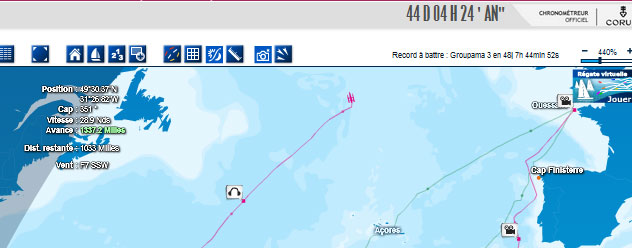
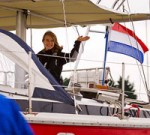 Waves behave nicer now and the wind is blowing from behind so Guppy still keeps rolling back and forth. Yet the wind is pulling at 15 knots which is unusual around here in the doldrums. Guppy is getting to be an oven now so I sleep during the day and stay up at night… and it is nice, what with the moonlit sea and the many many thousand stars up above.. It is real cool just to look at. Good winds keep Guppy happy and we are making good progress too with 3000 nautical miles already done which is more than halfway through this crossing. Let’s hope the second half will be just as good… Laura
Waves behave nicer now and the wind is blowing from behind so Guppy still keeps rolling back and forth. Yet the wind is pulling at 15 knots which is unusual around here in the doldrums. Guppy is getting to be an oven now so I sleep during the day and stay up at night… and it is nice, what with the moonlit sea and the many many thousand stars up above.. It is real cool just to look at. Good winds keep Guppy happy and we are making good progress too with 3000 nautical miles already done which is more than halfway through this crossing. Let’s hope the second half will be just as good… Laura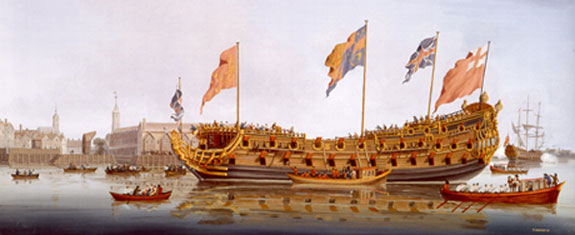 A very interesting, if ambitious, new project. While we often focus on the Georgian Navy, the Royal Navy during the Restoration is fascinating it own right. The
A very interesting, if ambitious, new project. While we often focus on the Georgian Navy, the Royal Navy during the Restoration is fascinating it own right. The 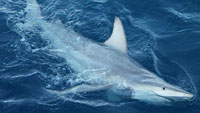 Given that we live on an ocean planet, it is remarkable how little know of the creatures of the sea. Recently, for example, scientists discovered the first hybrid sharks to be found in Australian waters. Also, teams of American and British researchers have just discovered new species of life in deep sea hydrothermal vents.
Given that we live on an ocean planet, it is remarkable how little know of the creatures of the sea. Recently, for example, scientists discovered the first hybrid sharks to be found in Australian waters. Also, teams of American and British researchers have just discovered new species of life in deep sea hydrothermal vents.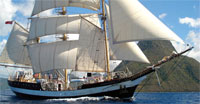 The headline in the Liverpool Daily Post reads, “
The headline in the Liverpool Daily Post reads, “ It would have been almost funny, if billions of dollars were not at stake. As we posted last June, the
It would have been almost funny, if billions of dollars were not at stake. As we posted last June, the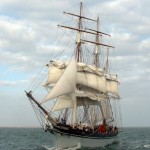 Last week we posted about
Last week we posted about 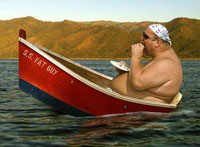 For roughly the last fifty years, the US Coast Guard regulations for the loading and stability of passenger vessels has assumed an average weight of 160 pounds per person. Conceding to the reality of a more corpulent population, the regulations were updated last month, increasing the
For roughly the last fifty years, the US Coast Guard regulations for the loading and stability of passenger vessels has assumed an average weight of 160 pounds per person. Conceding to the reality of a more corpulent population, the regulations were updated last month, increasing the 
 On the first leg of the
On the first leg of the 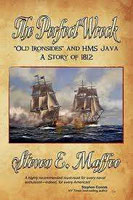

 In 2009, the non profit foundation that owns the
In 2009, the non profit foundation that owns the  Joe Follansbee at the
Joe Follansbee at the 